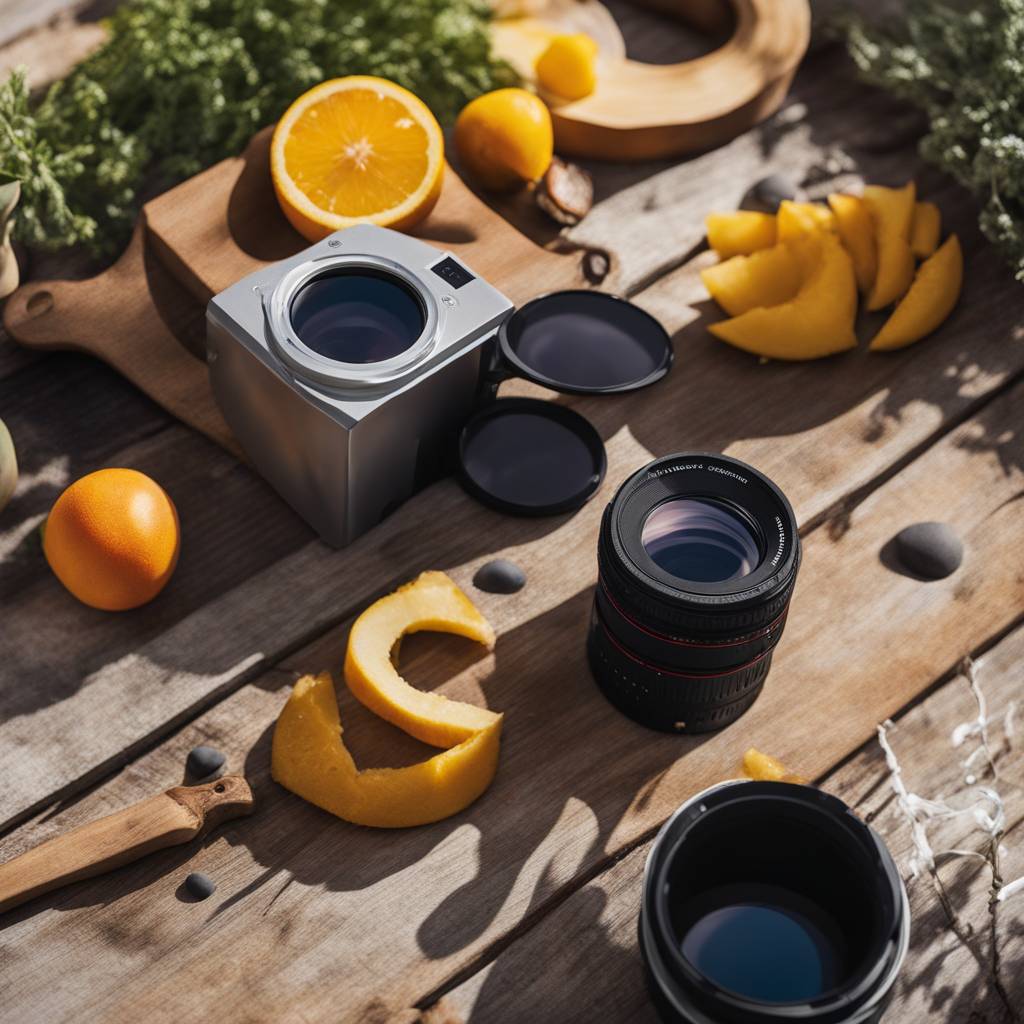A total solar eclipse is set to provide moments of darkness to North America on April 8, occurring in the middle of the day. Many Americans are eagerly preparing to witness and photograph this rare cosmic event, which experts predict will not happen in the U.S. for another two decades. In order to capture the eclipse effectively, there are five essential tips to keep in mind. Firstly, it is crucial to protect both your eyes and camera equipment from the direct sunlight. NASA recommends using solar viewing glasses for eye protection and a special solar filter for the camera to prevent damage. During totality, it is important to remove the solar filter to capture the sun’s outer atmosphere, known as the corona.
NASA suggests that any camera, ranging from a high-end DSLR to a smartphone, can capture the eclipse well, with the quality of the photos primarily dependent on the photographer’s skill. For DSLR users, it is recommended to test exposure settings on the uneclipsed sun before the event. During totality, using a fixed aperture and a range of exposures from 1/1000 to 1 second is advised to capture the corona’s varying brightness. NASA also recommends using a smaller aperture to maintain focus and to practice with the equipment prior to the event to familiarize yourself with the settings.
Selecting a suitable location to view the eclipse is essential for taking memorable photographs. The best views will be along the eclipse’s path of totality, running from Mexico’s Pacific coast to eastern Canada. Planning and practicing with your camera equipment, including using a tripod and a delayed shutter release timer, will help ensure steady shots with minimal blurring. While selfies have become a popular method of capturing moments, health experts warn against taking selfies during an eclipse due to the potential danger of ultraviolet rays reflected towards the eyes. Additionally, the use of a solar filter on the selfie camera may result in dark images that are difficult to see.
During the eclipse, it’s crucial not to solely focus on looking up at the sun. The moments of darkness provide a unique opportunity to capture the eerie lighting and shadows that cover the landscape, as well as any wildlife or people enjoying the experience. By observing your surroundings and capturing the emotion of the event, you can create memorable and engaging photographs that go beyond just documenting the eclipse itself. With proper preparation, protection, and practice, capturing the total solar eclipse on April 8 can result in stunning and unforgettable photographs that will truly showcase the beauty and wonder of this rare celestial event.













